
Organising an all staff company portrait photography day for your team is no easy feat. Many London companies have staff spread all of the UK or the world, so it’s often very challenging to find a suitable date for them to attend. From our experience dates often need to be moved one or two times until everyone can be confirmed. Many companies opt to have their teams photographed in an annual event or meeting when staff are scheduled to get together. It is often possible to take corporate portraits in these events by setting aside an area for photography. This approach often works well if you also need photos of the event itself.
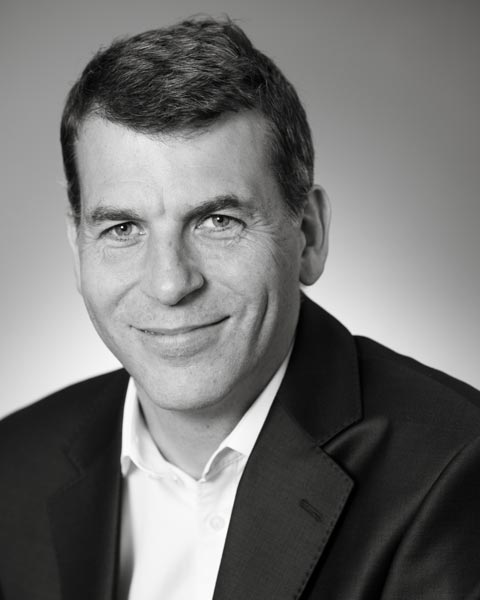
When booking a company photoshoot, it’s a good idea to have a chat with the photographer and explain what you’re after, give some background information about your company and discuss the options available. The more involved the photographer is in your goal, the more aligned the photos will be to it. Good photographers will read into your goals and messaging and translate those into visuals that enhance your brand.
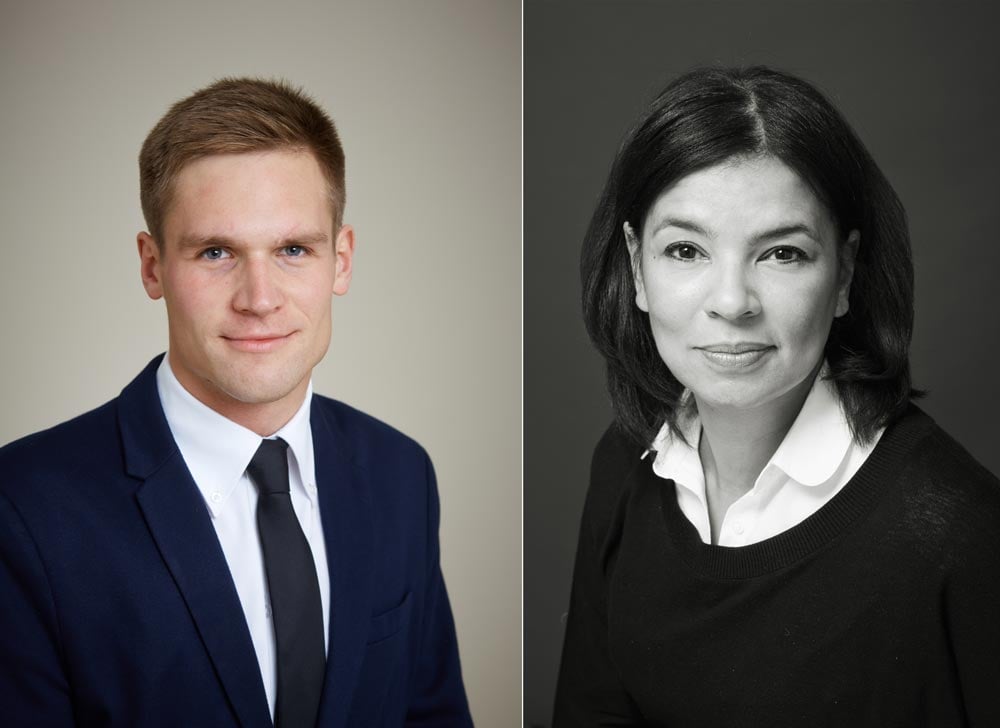
There’s no right or wrong when it comes to choosing a background for your company portrait but you do want to keep your brand and message in mind. Traditionally, most corporate portraits were taken against a plain backdrop. Usually, this was white but some companies opt for a darker tone or colourful backdrops. When choosing the style of your portraits keep in mind your brand guidelines and the message you’d like your new corporate portraits to convey. If you’re looking for a clean professional look then a plain backdrop could provide an excellent solution. Shooting against a backdrop also means you can take the portraits in almost any room that has enough space as the room itself won’t show in the photos.
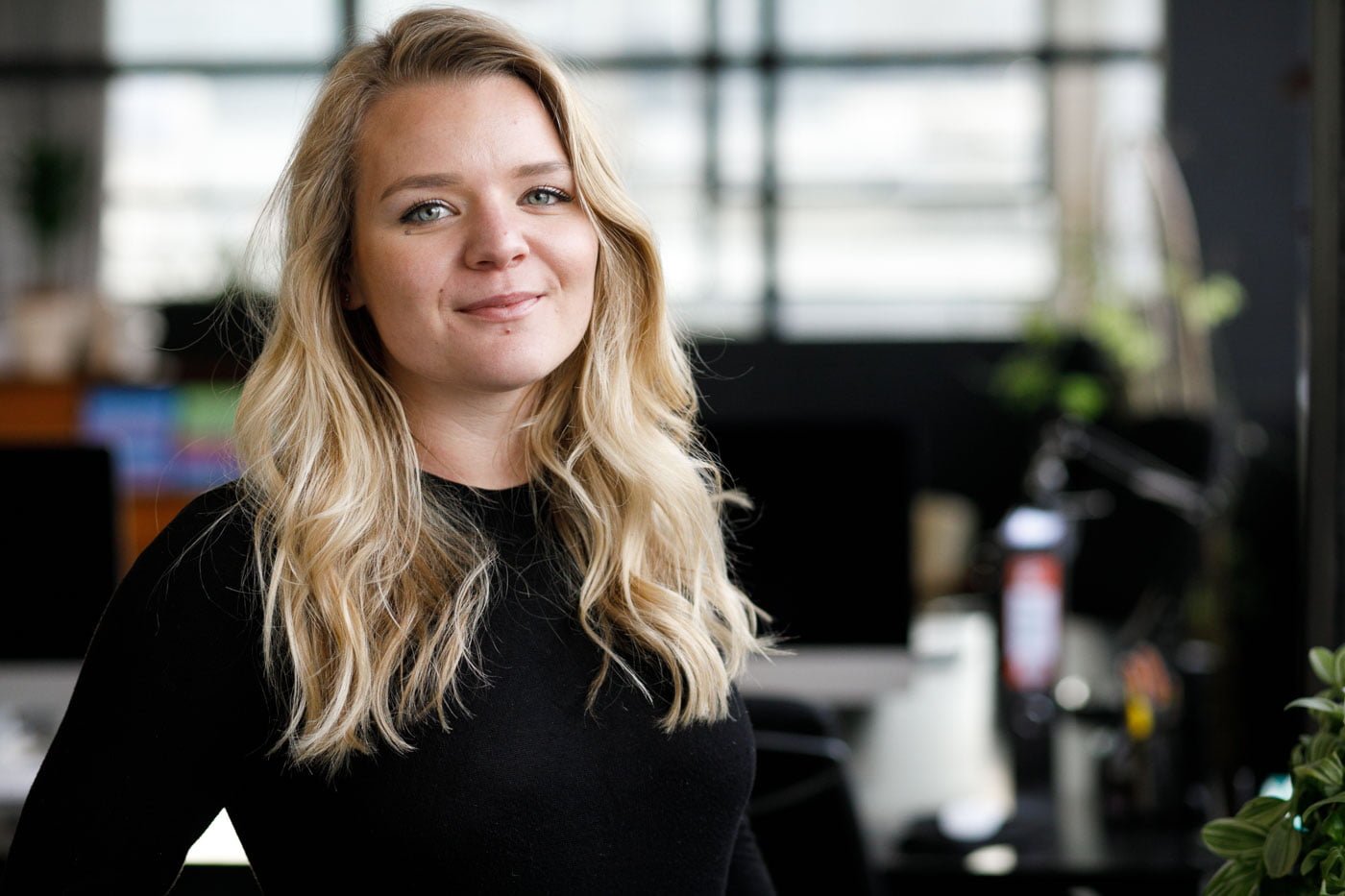
In recent years, more and more companies want to portray a personal, accessible and relatable image. If your corporate photos look natual and show the work environment, it immediately tells a bit more about the company. Another plus is that such shots tend to portray your staff in natural and less formal light than shooting with a plain backdrop. This approach works well when you have a nice work environment that will photograph well. It’s often possible to show very little of the actual office with clever composition and specific focus. To avoid distractions in the background we would usually take such portraits with shallow depth of field. What this means is that only a specific area is in focus (your staff member) and the background is blurred out.
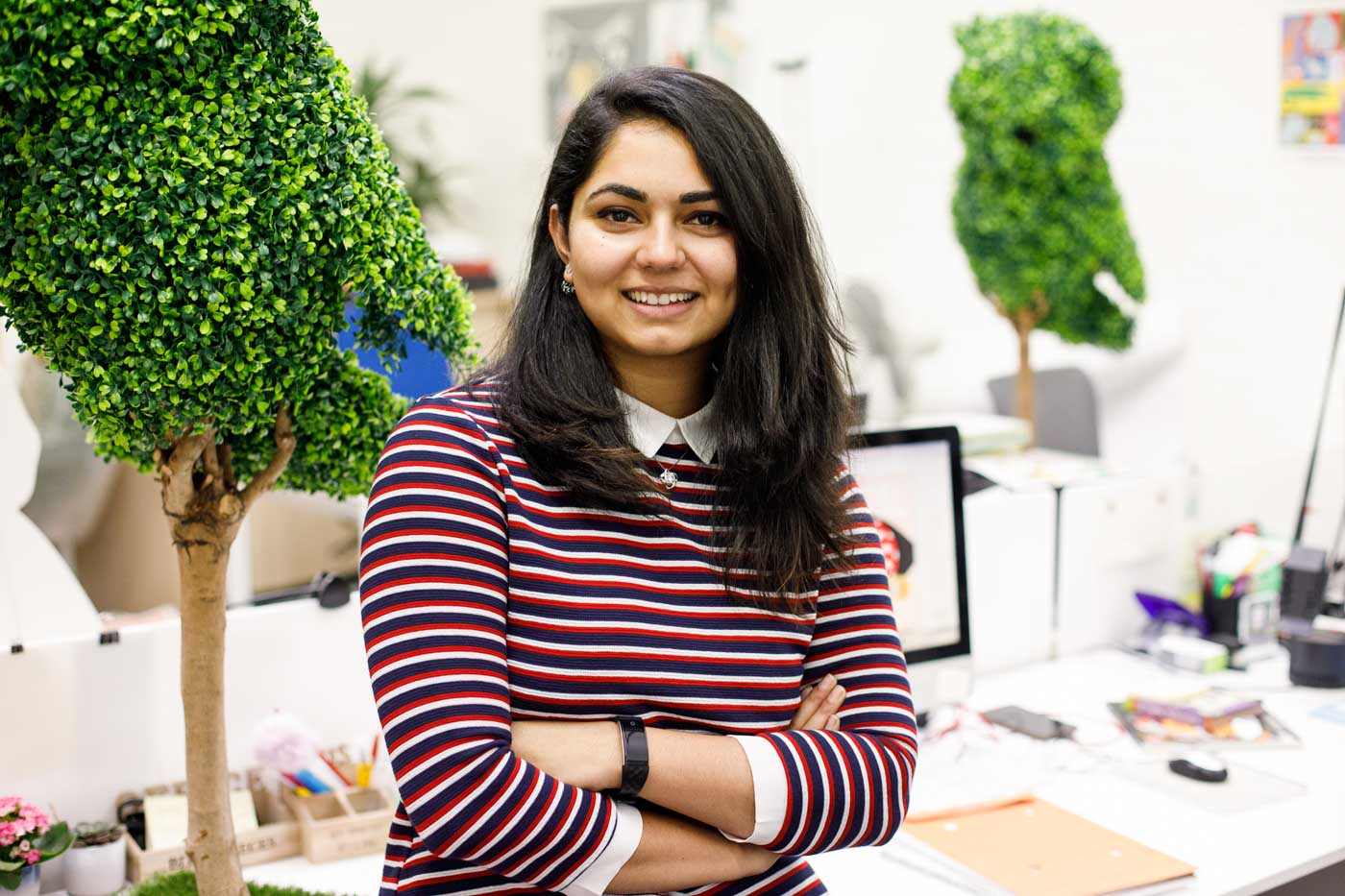
Unless you require group shots, you can have photos taken in relatively little space. When we take corporate portraits against a backdrop we will usually set a small portable studio in a meeting room or reception area. To give you an idea of the space needed, we usually require an area of 2.5m x 3m for corporate headshots and a bit more if we’re taking top half or wide shots.
If you’ve opted for showing your office in the background then this really depends on the setup of your space. Usually, these shots don’t require an area to be dedicated entirely for photography. Instead, we will position the sitter in such a way that the office looks good behind him or her. We don’t have to clear the whole area but we often have to tidy desks and items so the office looks nice and tidy.

For the most part, looking into the camera creates a better connection with the viewer and helps build trust and familiarity. If you’re looking confidently into the lens then you will send a strong message to anyone viewing the photo later.
Some shots work very well looking off-camera. This is especially true when there’s an animated expression or reaction in the portrait. The strength of such a reaction (like a photo of someone bursting out laughing) is strong enough to pass camera without having to look into the lens. Looking off camera often works well when there’s a clear concept to the company portraits with all or most staff members looking aside. It can also play on our nostalgia with old photos when many portraits used to traditionally look “into the horizon”.
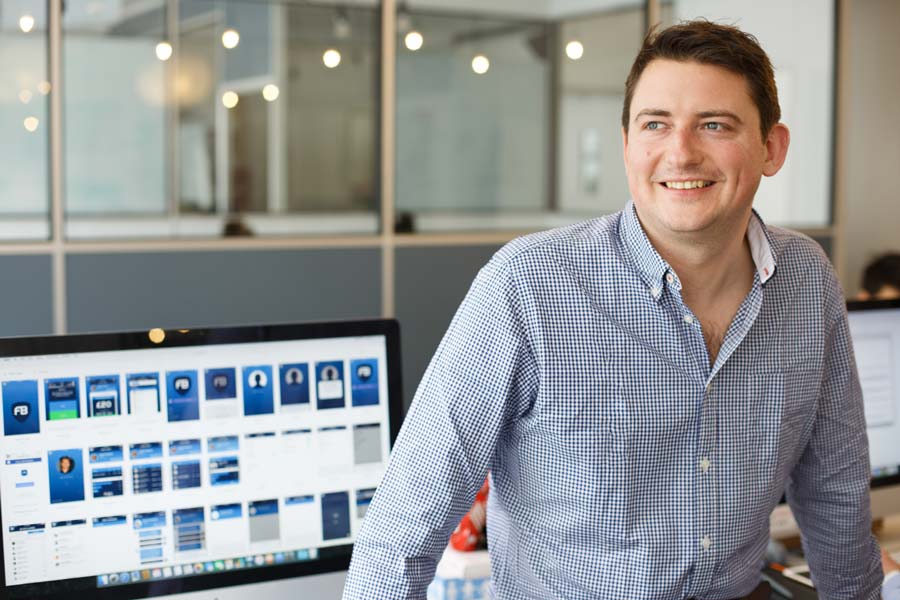 What should you wear for corporate portraits?
What should you wear for corporate portraits?There are a few things to keep in mind when choosing clothes for a portrait sitting. For company portraits, it is best to dress according to your company dress code and consider how the clothes reflect your position. When dressing for a portrait, we recommend not to wear strong or potentially distracting patterns and colours. Plain or mildly patterned clothes work well. The reason for this is that the face should always be the focal point of the portrait, and if you’re wearing a top that stands out, it can easily grab the attention away from your face. Try to choose a garment that makes you look good and professional rather than an item that looks good in its own right. It’s also good to imagine the photo showing only your head and shoulders or top half and ask yourself whether your eyes are drawn to your face or pulled away to inspect details of the clothing.
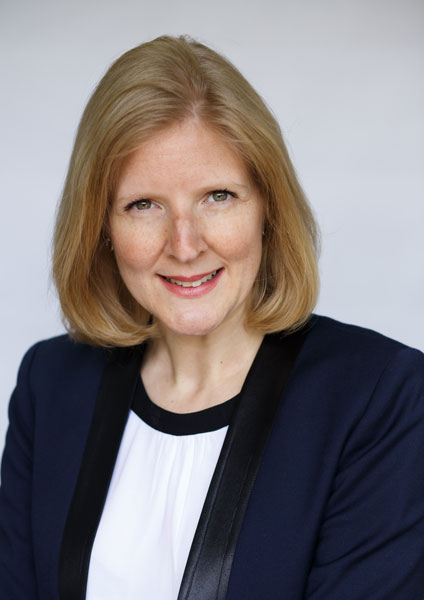
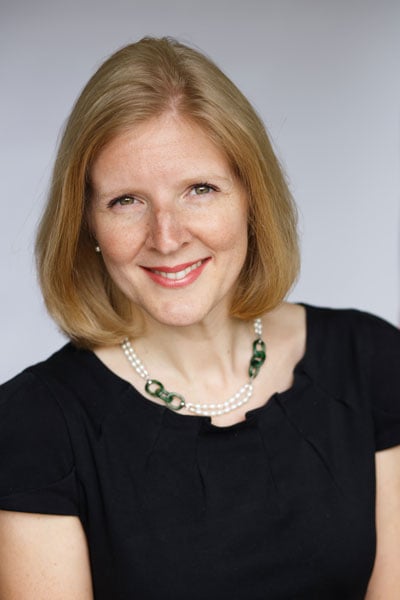
Different photographers work in different ways but you should always make sure that you are getting digital copies in high resolution and without any watermarks. Depending on the size of the shoot and number of photos taken, we will either upload a web gallery for you to choose the best shots to be processed or simply process all photos and send over. As an end product, you need at least one great shot of each staff member and possibly several shots of key staff. Remember to discuss your desired outcome and uses with the photographer in advance as this will help them give you the best results.
We hope you’ve found this article useful. Your company’s about page can say a lot about what you stand for and the images of your staff and management should reflect and enhance this. If you’d like some advice and quotes from company portrait photographers in London please contact us and we’ll be glad to help.